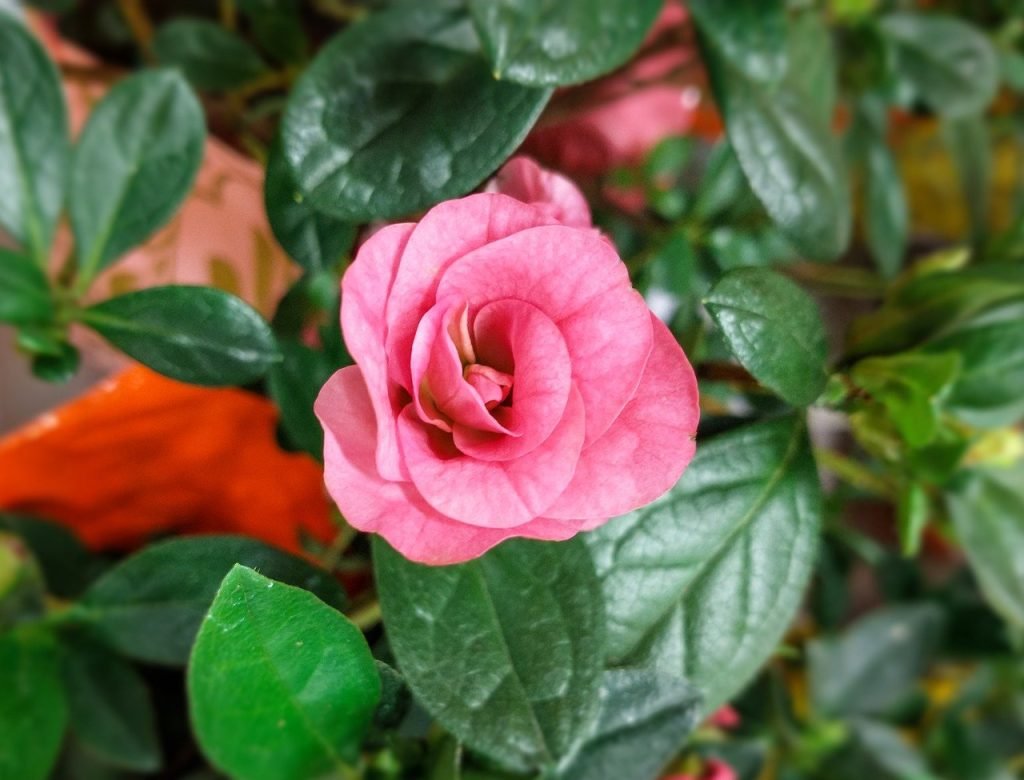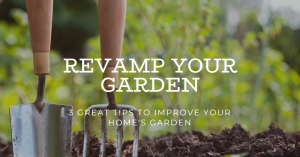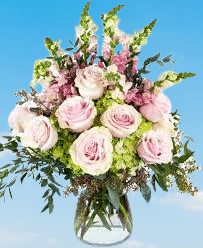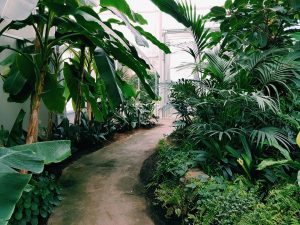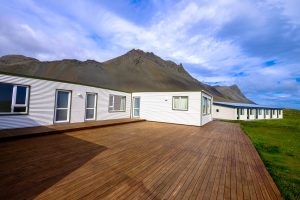Indoor gardening recently reached new highs in the United States. According to the latest reports, nearly 38 million households across the country now take part in indoor gardening, and that figure is projected to grow moving forward. Some people have started growing indoors because they simply don’t have enough outdoor space for planting. Because of a recent uptick in apartment living, quite a few grow plants indoors because it’s their only option.
At the same time, many people live in areas with short growing seasons. As such, indoor gardening gives them more opportunities to grow the plants they want. Regardless of the reasons for growing indoors, doing so offers many benefits. Indoor gardens can help to reduce stress while increasing personal satisfaction. Live indoor plants can even improve interior air quality, among other advantages.
Paving the Way for an Indoor Garden
Though creating an indoor garden provides ample benefits, it also requires a certain amount of preparation. Several tools and measures are required to achieve success. First, those who plan to garden indoors must choose a space and prepare it accordingly. Many indoor spaces can serve as ideal gardening spots. Depending on the space available, a perfect garden plot could be an area in front of a window, an empty closet, or a spare bedroom, to name a few possibilities.
Gathering the Essentials
From there, gathering all the essentials for growing a healthy indoor garden is important. That includes pots and growing media. Different plants grow better in different types of growing media, so be sure to research the needs of the plants before making a final choice. Make sure the pots are the right size to accommodate the plants. Remember, plants require ventilation, so spacing them appropriately and providing airflow is a must.
Additionally, plants require specific balances of nutrients. Nitrogen, phosphorus, and potassium are the primary nutrients plants need, but several others are also essential. Again, plants’ distinct needs vary. They may also require different blends of nutrients at various stages of their growth cycles. Understanding the unique requirements of the plants being grown is crucial. Water is equally important as plants can’t absorb nutrients and produce food without it.
Plants likewise require the right types of light at the proper times to grow healthy. Plants generally rely on sunlight in the violet and blue range of the color spectrum for growing and producing chlorophyll. Those types of light also affect their ability to absorb nutrients and transform them into food. Red and orange light helps plants more during the flowering stage. In nature, plants get those types of light from the sun based on the season. Indoors, it’s up to the grower to provide the necessary types of light.
Growing a Healthy, Happy Garden Indoors
Those are some of the basic elements required for indoor gardens. Outdoor gardens gather much of what they need from Mother Nature, though human intervention may be required. Plants grown indoors depend solely on gardeners to provide everything they need. They’ll grow strong and healthy and produce higher yields if they receive what they need. Otherwise, they’ll wither away.
Successful indoor gardening requires a great deal of time and attention to detail. Knowing exactly what specific plants need for survival is important. Putting the necessary time and effort into the process will pay off in the long run.

